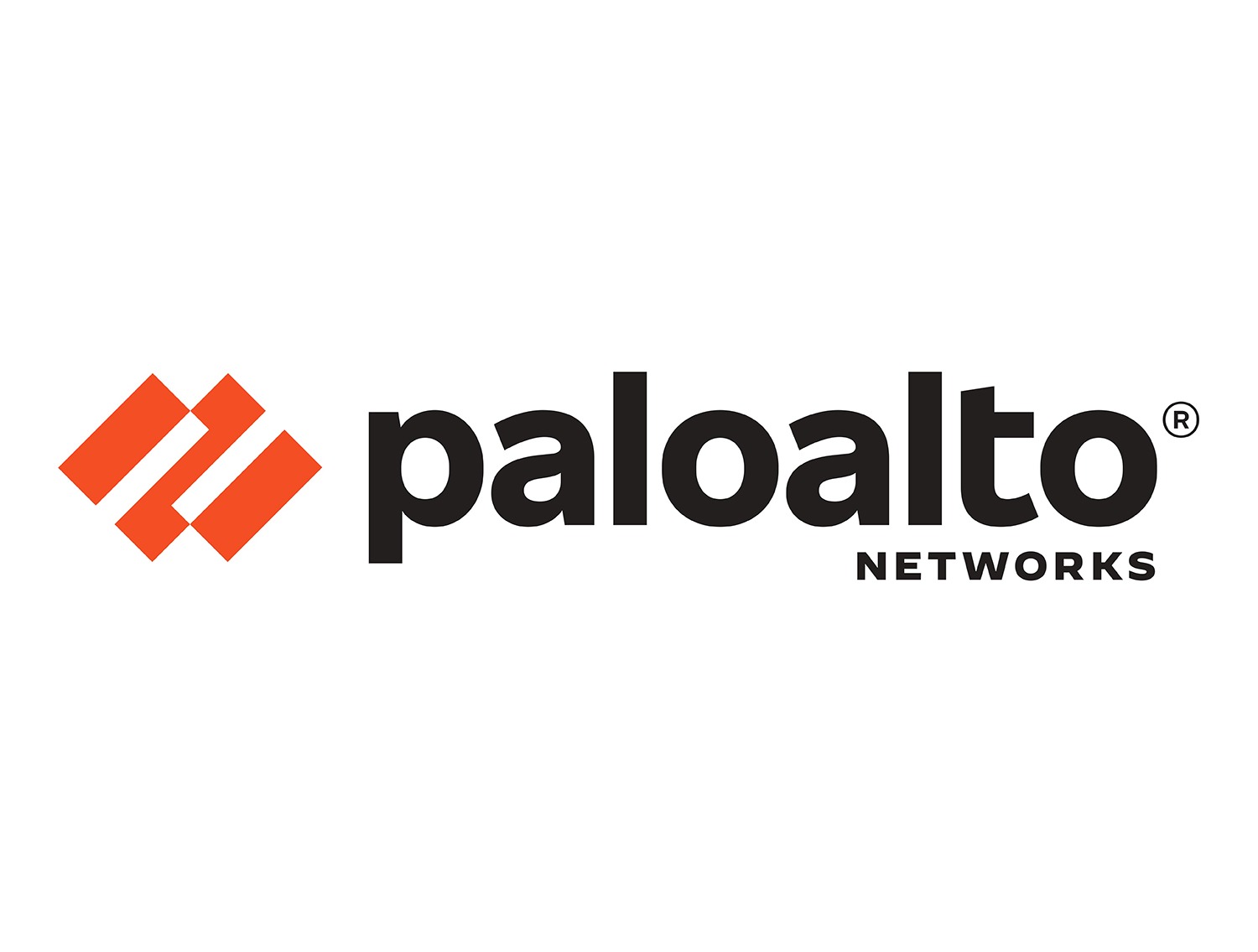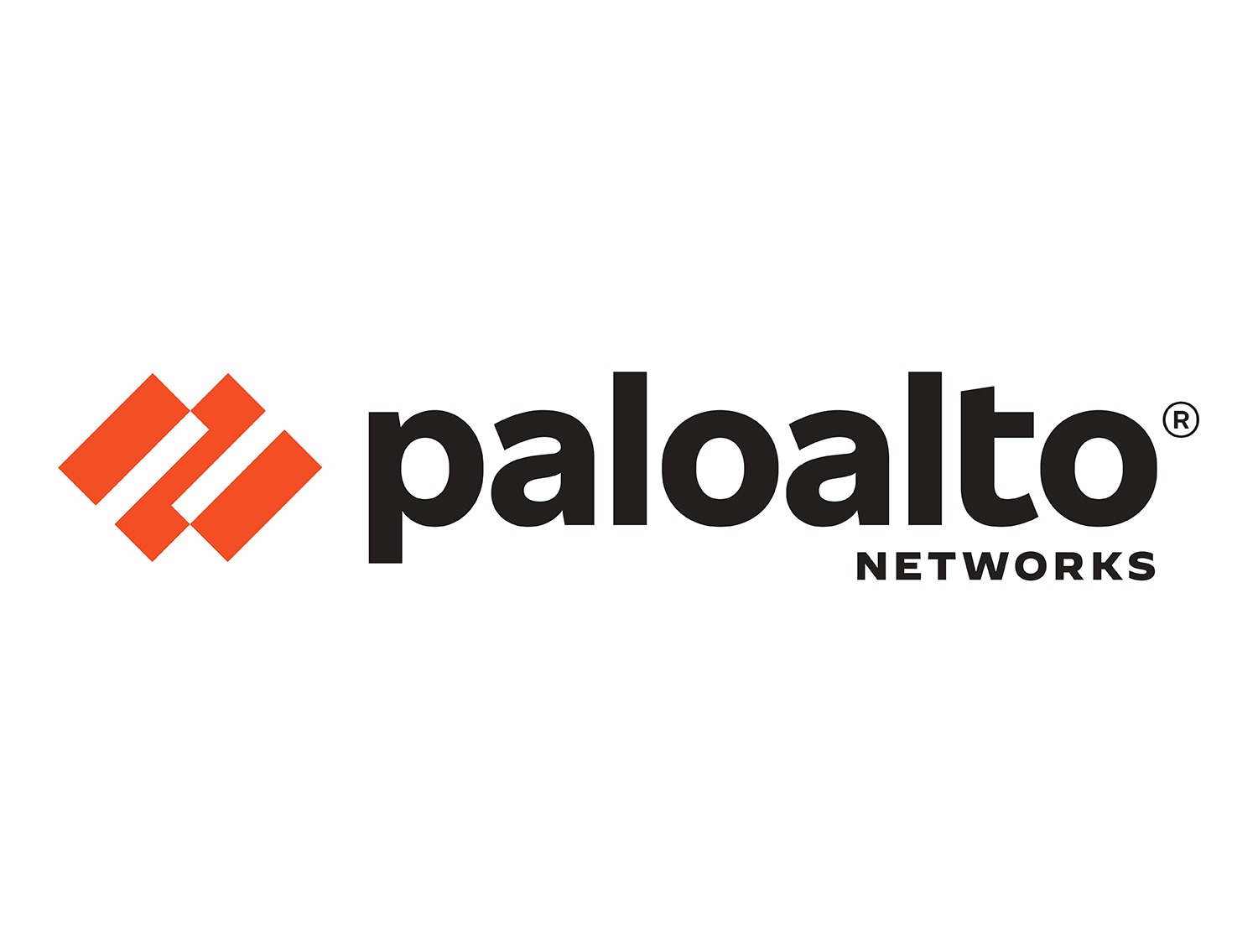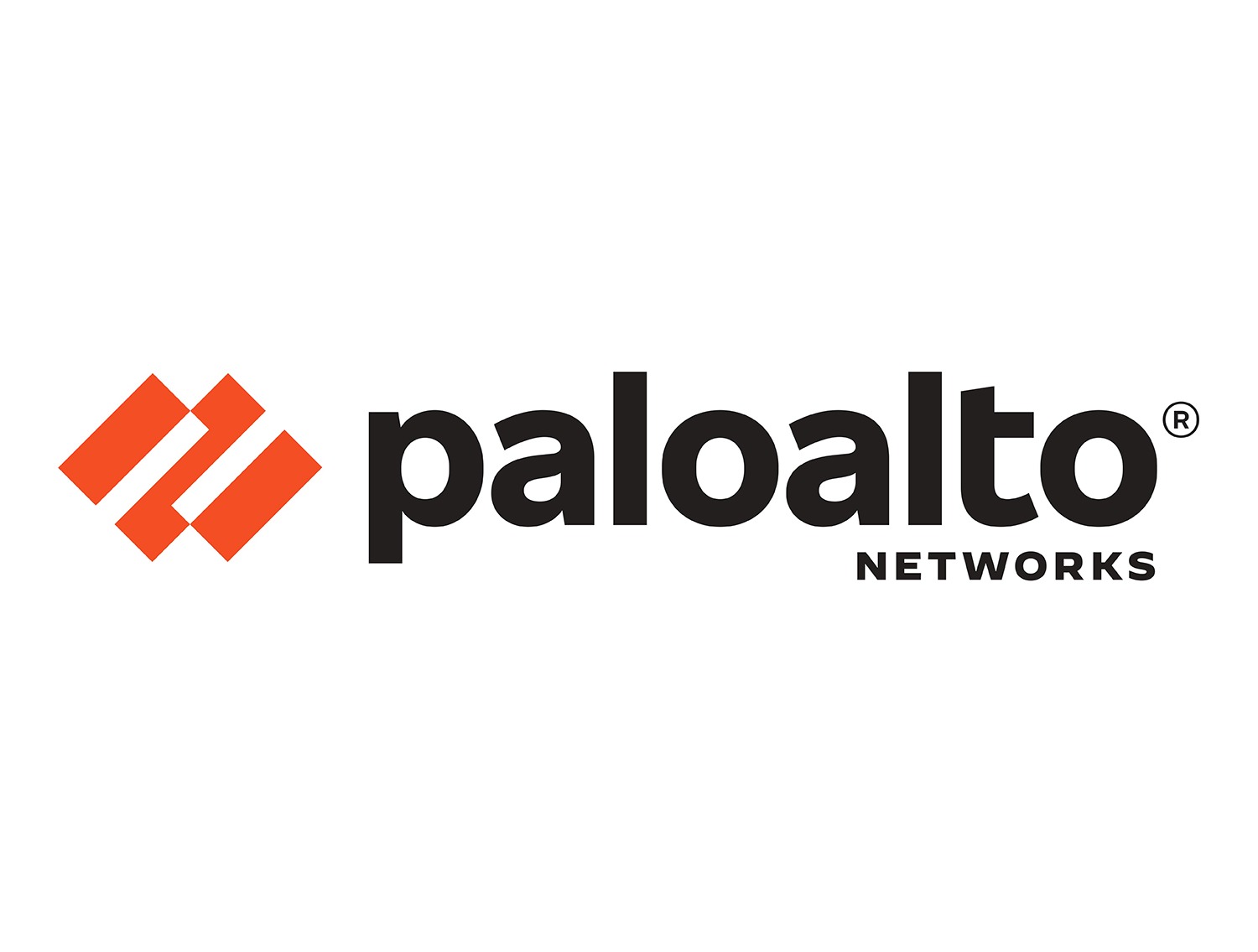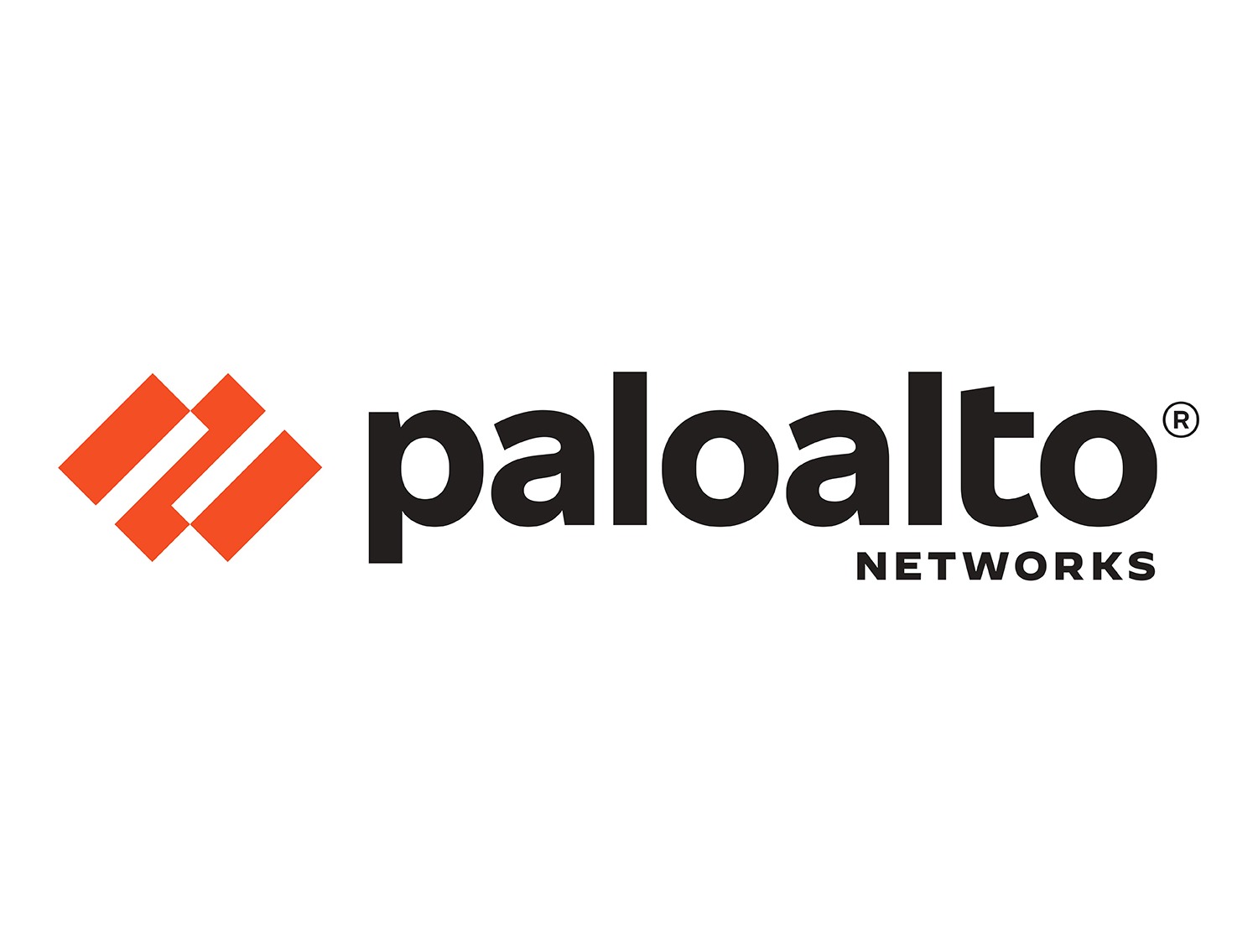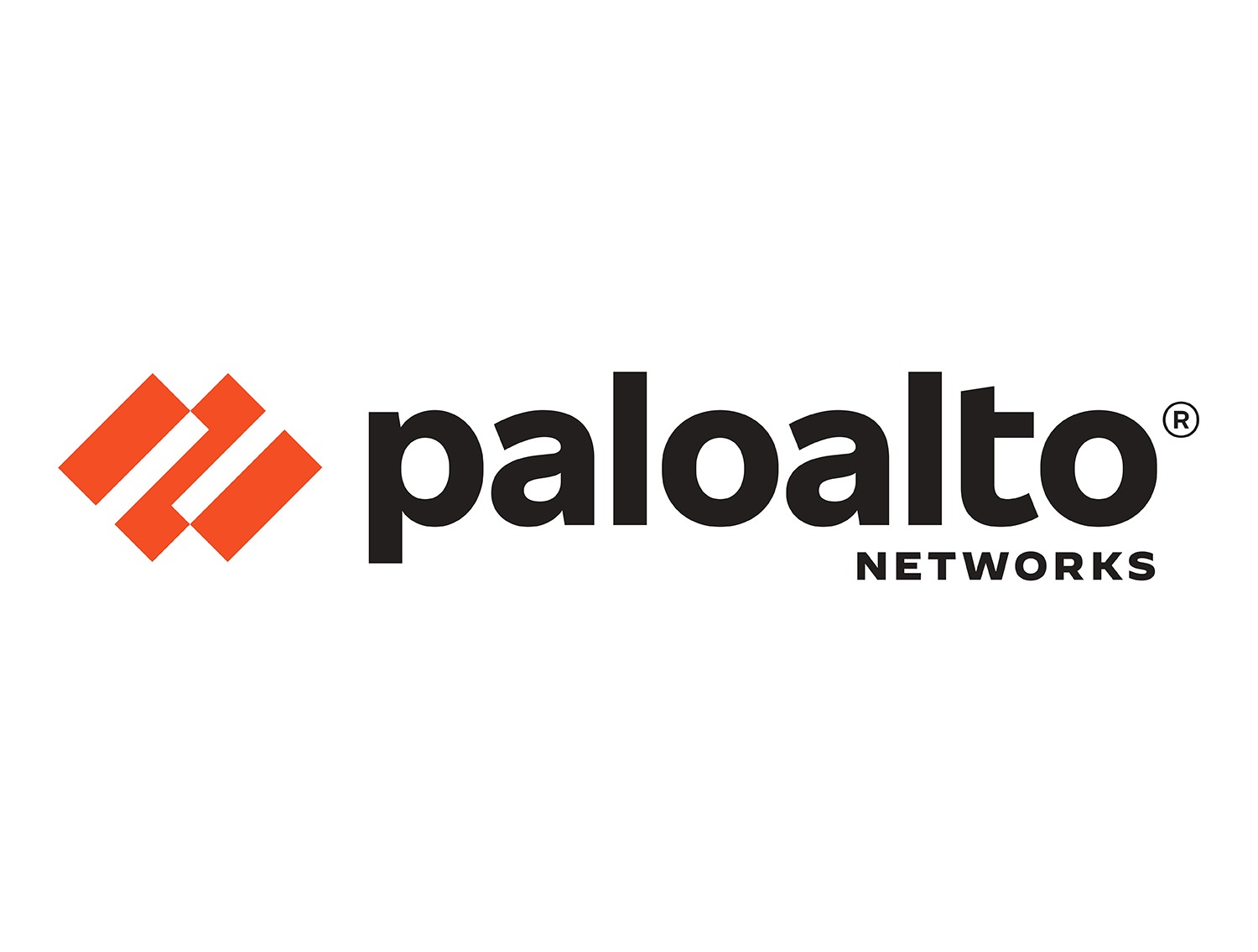Paloalto VM-700
Palo Alto Networks VM-700 Virtual Next-Generation Firewall delivers advanced threat prevention, application visibility, and secure connectivity for large Azure and hybrid cloud environments with up to 10 million sessions and 2.5 Gbps throughput.

Palo Alto Networks VM-Series on Azure Resources
Introduction
Microsoft Azure migration initiatives are rapidly transforming data centers into hybrid clouds, yet the risks of data loss and business disruption jeopardize adoption. The VM-Series on Azure solves these challenges, enabling you to: Protect your Azure workloads through unmatched application visibility and precise control. Prevent threats from moving laterally between workloads and stop data exfiltration. Eliminate security-induced application development bottlenecks with automation and centralized management.
Palo Alto Networks VM-Series Virtualized Next-Generation Firewalls protect your Azure workloads with next-generation security features that allow you to confidently and quickly migrate your business-critical applications to the cloud. ARM templates and third-party automation tools allow you to embed the VM-Series into your application development lifecycle to prevent data loss and business disruption.


Azure Network Security Groups or VM-Series?
Organizations are migrating their enterprise applications onto Azure for many reasons, including business agility and a desire to reduce data center footprints. Security best practices dictate that your public cloud security posture should be as strong as your data center security approach: understand your threat exposure through application visibility, use policies to reduce your attack surface area, and prevent threats and data exfiltration within allowed traffic.
Native Azure security features perform port-based filtering to control access to the Azure resources deployed. They are unable to use the application identity to control traffic nor can they prevent threats within the content allowed. The VM-Series complements Azure Network Security Groups and Azure Firewall security controls by reducing your attack surface through enabling applications regardless of port, preventing threats, and stopping data exfiltration.

VM-Series on Azure
The VM-Series allows you to embrace a prevention-based approach to protecting your applications and data on Azure. Automation and centralized management features enable you to embed next-generation security in your Azure application workflow so security can keep pace with development. Complete visibility: Identify and monitor all applications, including encrypted ones, to make informed policy decisions. Segmentation & Whitelisting: Enforce application-based whitelisting to minimize attack surfaces and enhance compliance. User-based policies: Integrate with AD, LDAP, or Exchange for access control based on user roles and needs. Advanced threat protection: Enable Threat Prevention, WildFire, and DNS Security to block known and unknown attacks. Data exfiltration defense: Inspect and control data movement, detect sensitive data patterns, and prevent unauthorized file transfers.
| MFG Number | PAN-VM-700-PERP-BND1-PREM-1YRR |
|---|---|
| Condition | Item Condition : Brand New |
| Price | $1,000.00 |

